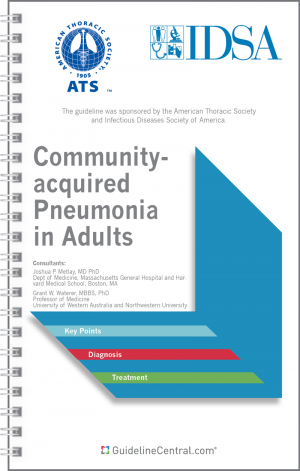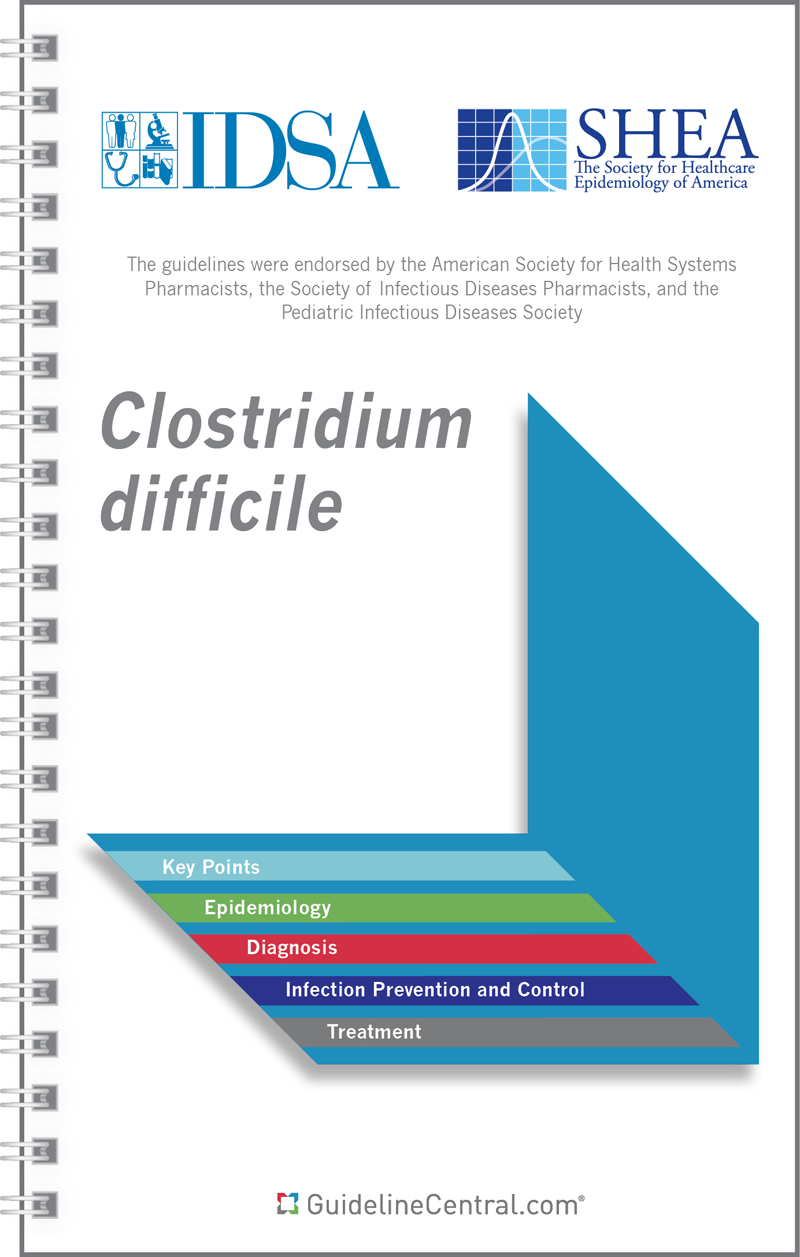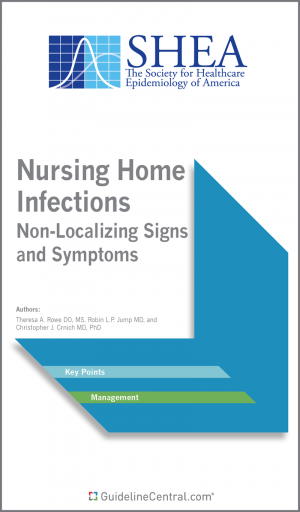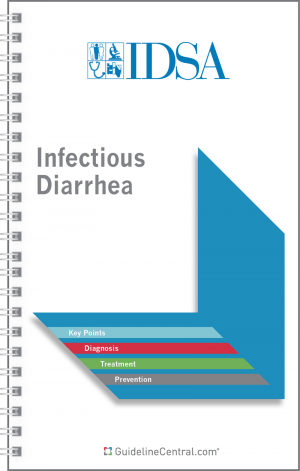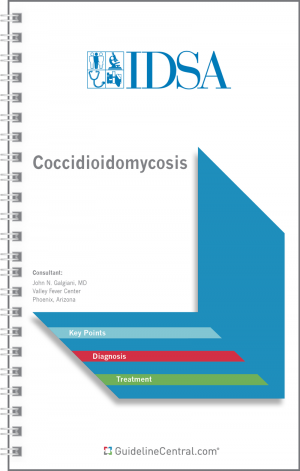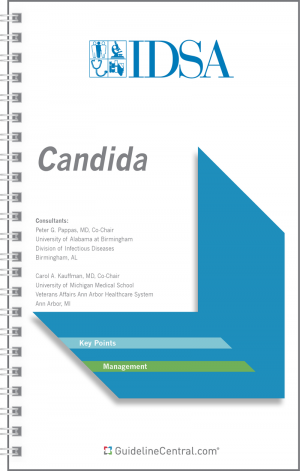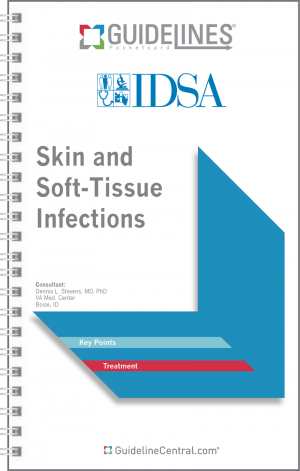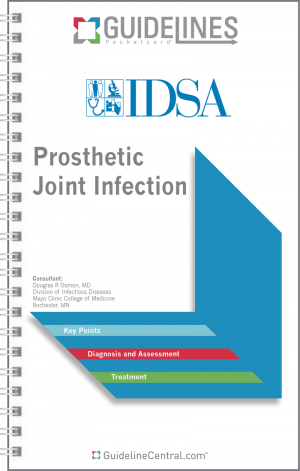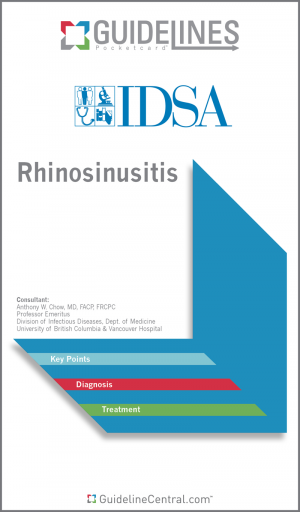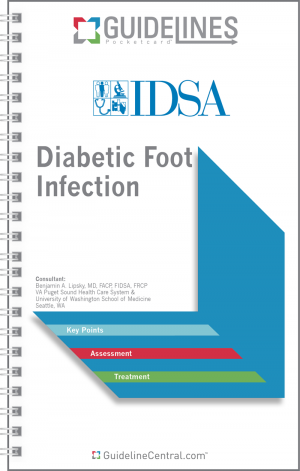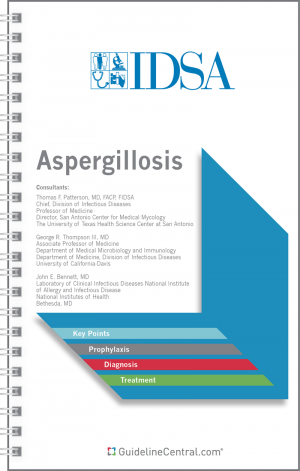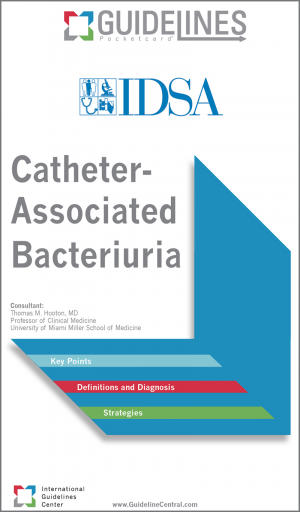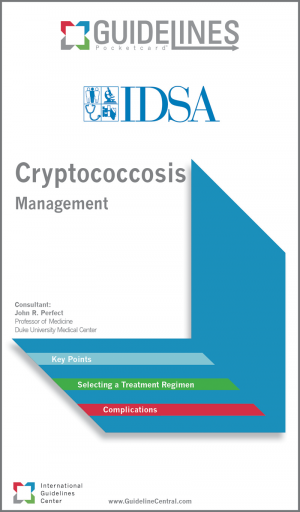Clostridium difficile
- 16 pages
- Spiral Bound
- 80# Aqueous Coating
- 4.25" x 7.25"
- Ships in 5 – 10 business days
- Key Points
- Epidemiology
- Diagnosis
- Infection Prevention and Control
- Treatment
- Algorithm
- CDI Laboratory Test Recommendations Based on Pre-Agreed Institutional Criteria for Patient Stool Submission
- Tables
- Summary of Available Tests for CDI in Decreasing Order of Sensitivity
- Recommendations for the Treatment of Clostridioides difficile Infection (CDI) in Adults
- Potential Treatment Agents for Treatment of the Primary C. difficile Infection (CDI) Episode
- Recommendations for the Treatment of C. difficile Infection (CDI) in Children
The guidelines provide evidence-based recommendations that have been developed using GRADE (Grading of Recommendations, Assessment, Development, and Evaluation) methodology. GRADE involves structured literature review, systematic reviews and meta-analyses of combined data, and expert discussion to assess the certainty in the evidence and determine the strength of each recommendation.
- For purchases under 100 in quantity, we suggest placing the order directly through the website.
- We offer group/institutional licenses for multi-user accounts (discount amount varies depending on the number of users).
- We are proud to offer special discounts to medical schools, training programs, students and more.
- We offer bulk purchase discounts based on number of copies and number of titles.
Contact Us for more details
SHEA is dedicated to advancing the science and practice of healthcare epidemiology and preventing and controlling morbidity, mortality, and the cost of care linked to healthcare-associated infections. The society partners with epidemiologists, infectious disease practitioners, basic scientists, public health specialists, consumers, policymakers, and others, to achieve better healthcare outcomes.
Description
This resource is for informational purposes only, intended as a quick-reference tool based on the cited source guideline(s), and should not be used as a substitute for the independent professional judgment of healthcare providers. Practice guidelines are unable to account for every individual variation among patients or take the place of clinician judgment, and the ultimate decision concerning the propriety of any course of conduct must be made by healthcare providers after consideration of each individual patient situation. Guideline Central does not endorse any specific guideline(s) or guideline recommendations and has not independently verified the accuracy hereof. Any use of this resource or any other Guideline Central resources is strictly voluntary.
You can also find this product included in these bundles!
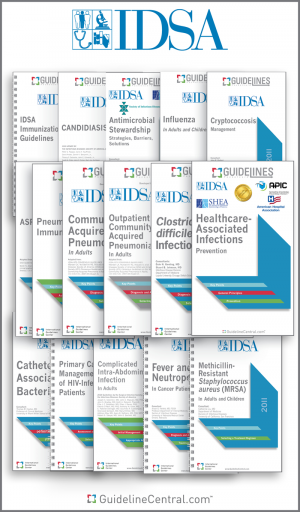
- Acute Hematogenous Osteomyelitis
- Antibiotic Stewardship
- Antimicrobial Prophylaxis for Adult Patients With Cancer-Related Immunosuppression
- Antimicrobial Prophylaxis in Surgery
- Aspergillosis
- Asymptomatic Bacteriuria Management
- Candida
- Catheter-Associated Bacteriuria
- Chronic Kidney Disease in HIV-Infected Patients
- Chronic Pain in HIV
- Clostridium difficile
- Coccidioidomycosis
- Complicated Intra-abdominal Infection in Adults
- Cryptococcosis Management
- Diabetic Foot Infections
- Diagnosis and Treatment of Adults with Community-Acquired Pneumonia
- Drug-Susceptible Tuberculosis
- Fever and Neutropenia in Cancer Patients
- Guideline on Diagnosis and Management of Babesiosis
- Hospital-acquired and Ventilator-Associated Pneumonia
- Infectious Diarrhea
- Influenza Update for the 2020 - 2021 Flu Season
- Leishmaniasis
- Management of Outpatient Parenteral Antimicrobial Therapy
- Methicillin-Resistant Staphylococcus aureus (MRSA)
- Native Vertebral Osteomyelitis in Adults
- Neurocysticercosis
- Outpatient Management of Fever and Neutropenia in Adults Treated for Malignancy
- Pediatric Community-Acquired Pneumonia
- Prevention of Ventilator-Associated Pneumonia, Ventilator-Associated Events, and Nonventilator Hospital-Acquired Pneumonia in Acute Care Hospitals
- Prevention, Diagnosis and Treatment of Lyme Disease
- Primary Care Guidance for Persons with HIV
- Prosthetic Joint Infection
- Rhinosinusitis
- Skin and Soft Tissue Infections
- Strategies to Prevent Catheter-Associated Urinary Tract Infections in Acute-Care Hospitals
- Strategies to Prevent Central Line-Associated Bloodstream Infections in Acute-Care Hospitals
- Strategies to Prevent Clostridioides difficile Infections in Acute-Care Hospitals
- Strategies to Prevent Healthcare-Associated Infections through Hand Hygiene
- Strategies to Prevent Methicillin-Resistant Staphylococcus aureus in Acute-Care Hospitals
- Strategies to Prevent Surgical Site Infections in Acute Care Hospitals
- Streptococcal Pharyngitis Diagnosis and Management
- Treatment of Acute Uncomplicated Cystitis and Pyelonephritis in Women
- Treatment of Drug-Resistant Tuberculosis
- Treatment of Nontuberculous Mycobacterial Pulmonary Disease
- Tuberculosis Diagnosis Adults and Children
- Vaccination of the Immunocompromised Host
- Ventriculitis and Meningitis Healthcare-Associated
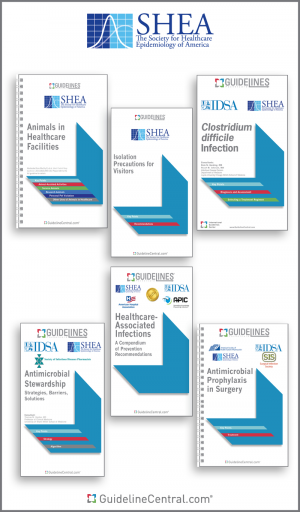
- Animals in Healthcare Facilities
- Antibiotic Stewardship
- Antibiotic Stewardship in Hospitals During Public Health Emergencies
- Antimicrobial Prophylaxis in Surgery
- Clostridium difficile
- Duration of Contact Precautions in Acute Care Settings
- Healthcare Personnel with Hepatitis B, Hepatitis C, or HIV
- Infection Prevention in the Operating Room Anesthesia Work Area
- Isolation Precautions for Visitors
- NICU Clostridioides difficile
- NICU Staphylococcus aureus
- Nursing Home Infections
- Prevention of Central Line-Associated Bloodstream Infections in the Neonatal Intensive Care Unit
- Prevention of Ventilator-Associated Pneumonia, Ventilator-Associated Events, and Nonventilator Hospital-Acquired Pneumonia in Acute Care Hospitals
- Strategies to Prevent Catheter-Associated Urinary Tract Infections in Acute-Care Hospitals
- Strategies to Prevent Central Line-Associated Bloodstream Infections in Acute-Care Hospitals
- Strategies to Prevent Clostridioides difficile Infections in Acute-Care Hospitals
- Strategies to Prevent Healthcare-Associated Infections through Hand Hygiene
- Strategies to Prevent Methicillin-Resistant Staphylococcus aureus in Acute-Care Hospitals
- Strategies to Prevent Surgical Site Infections in Acute Care Hospitals
Related Guidelines
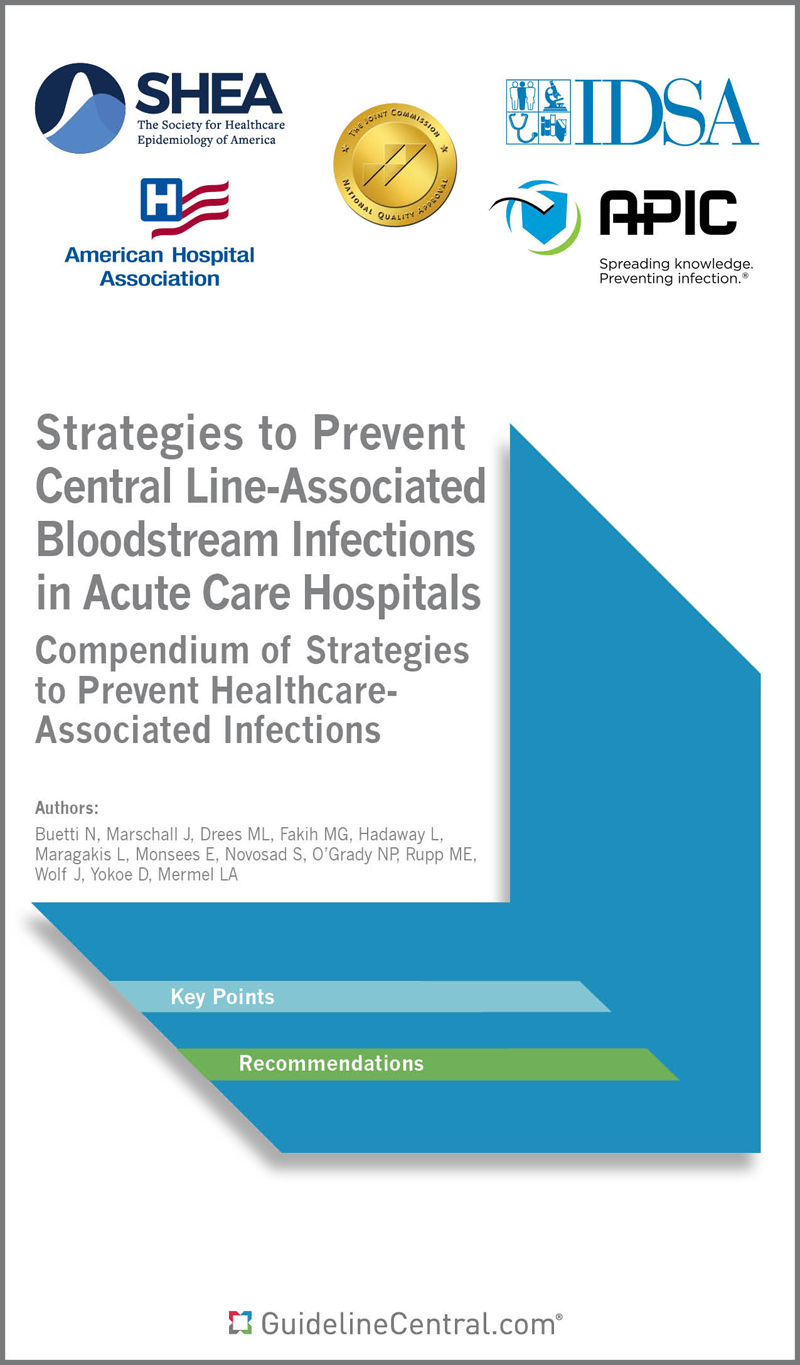
Strategies to Prevent Central Line-Associated Bloodstream Infections in Acute-Care Hospitals
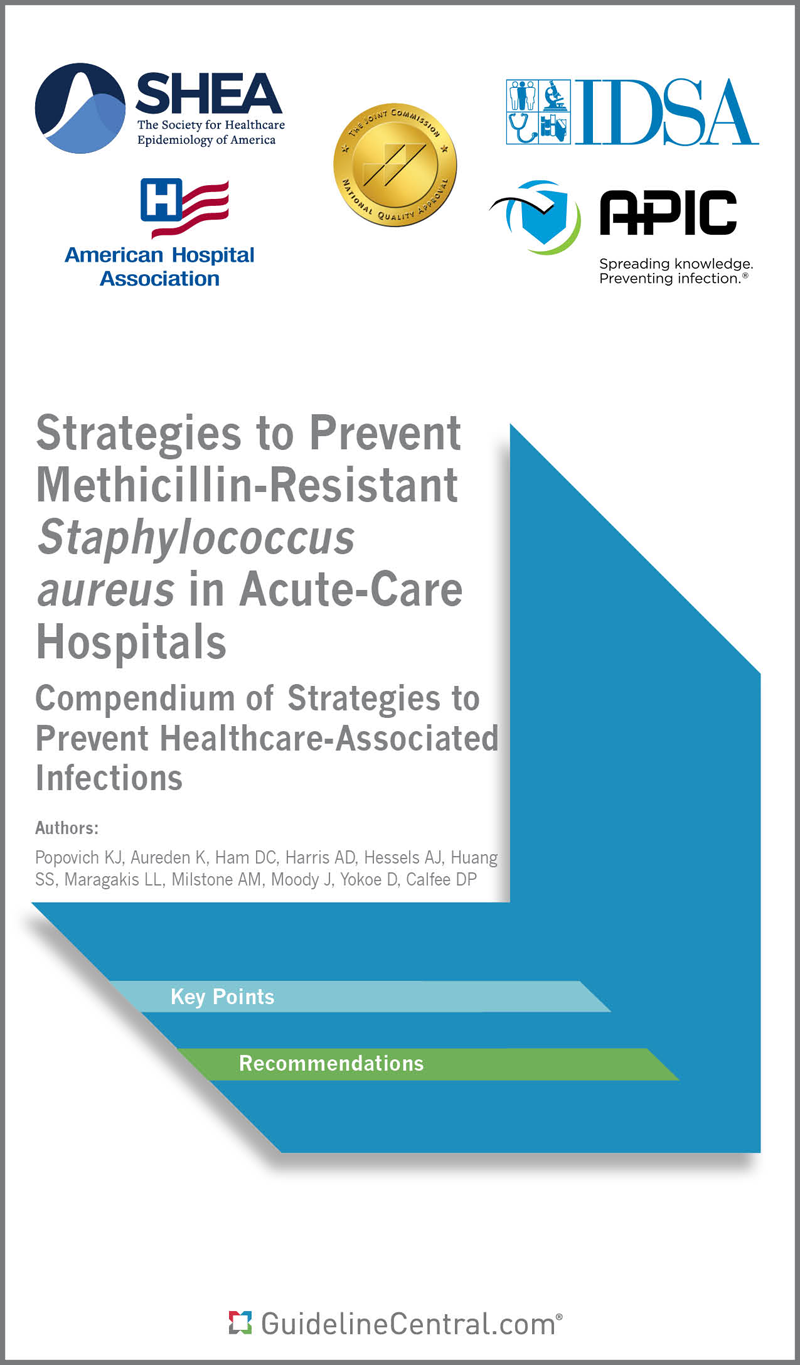
Strategies to Prevent Methicillin-Resistant Staphylococcus aureus in Acute-Care Hospitals
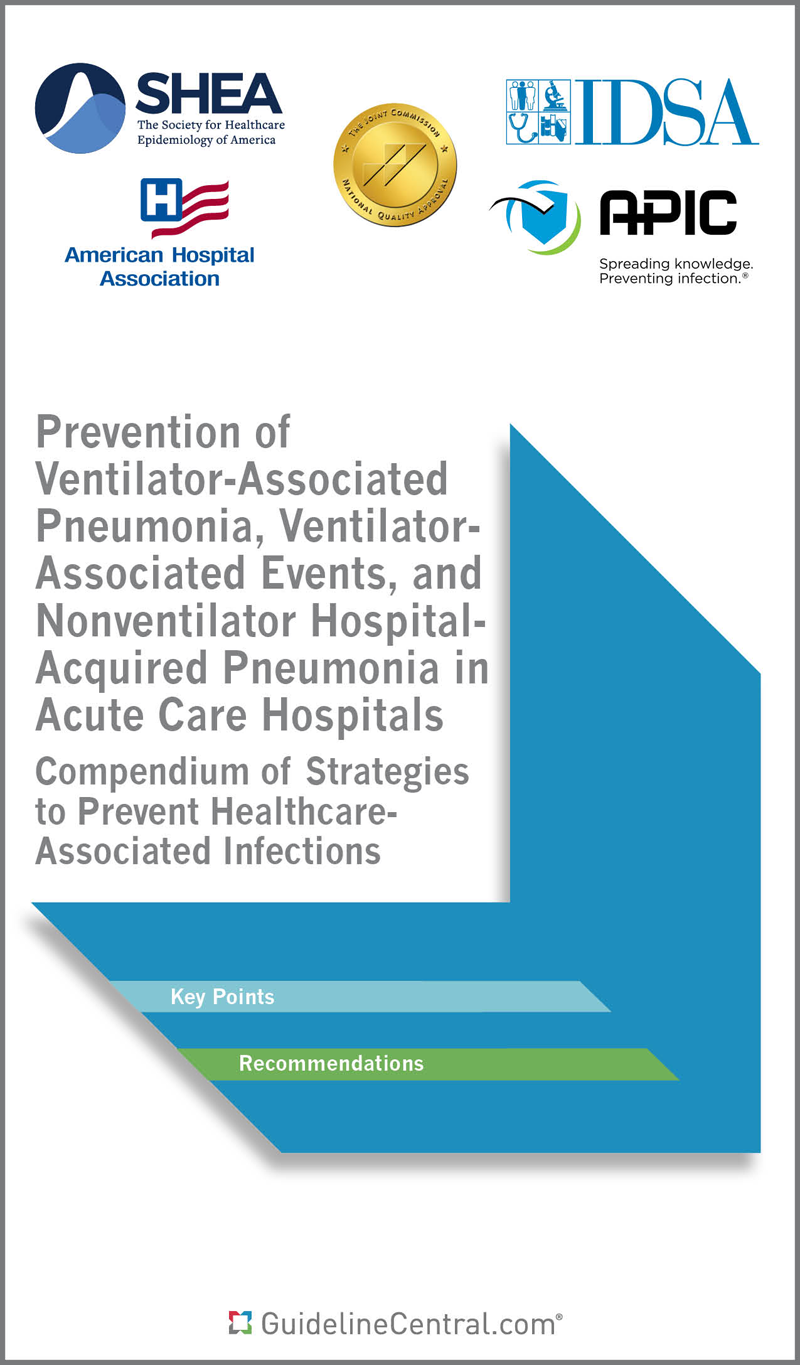
Prevention of Ventilator-Associated Pneumonia, Ventilator-Associated Events, and Nonventilator Hospital-Acquired Pneumonia in Acute Care Hospitals
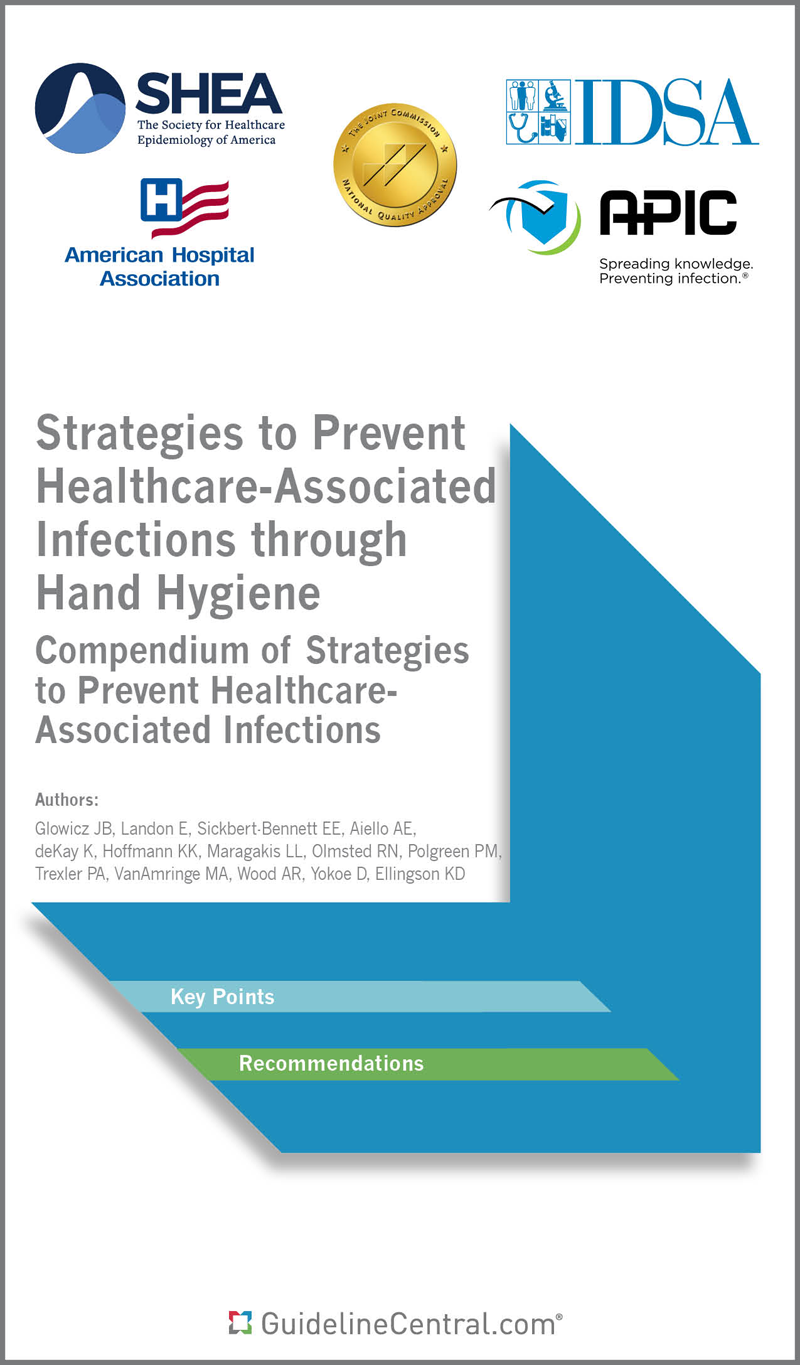
Strategies to Prevent Healthcare-Associated Infections through Hand Hygiene
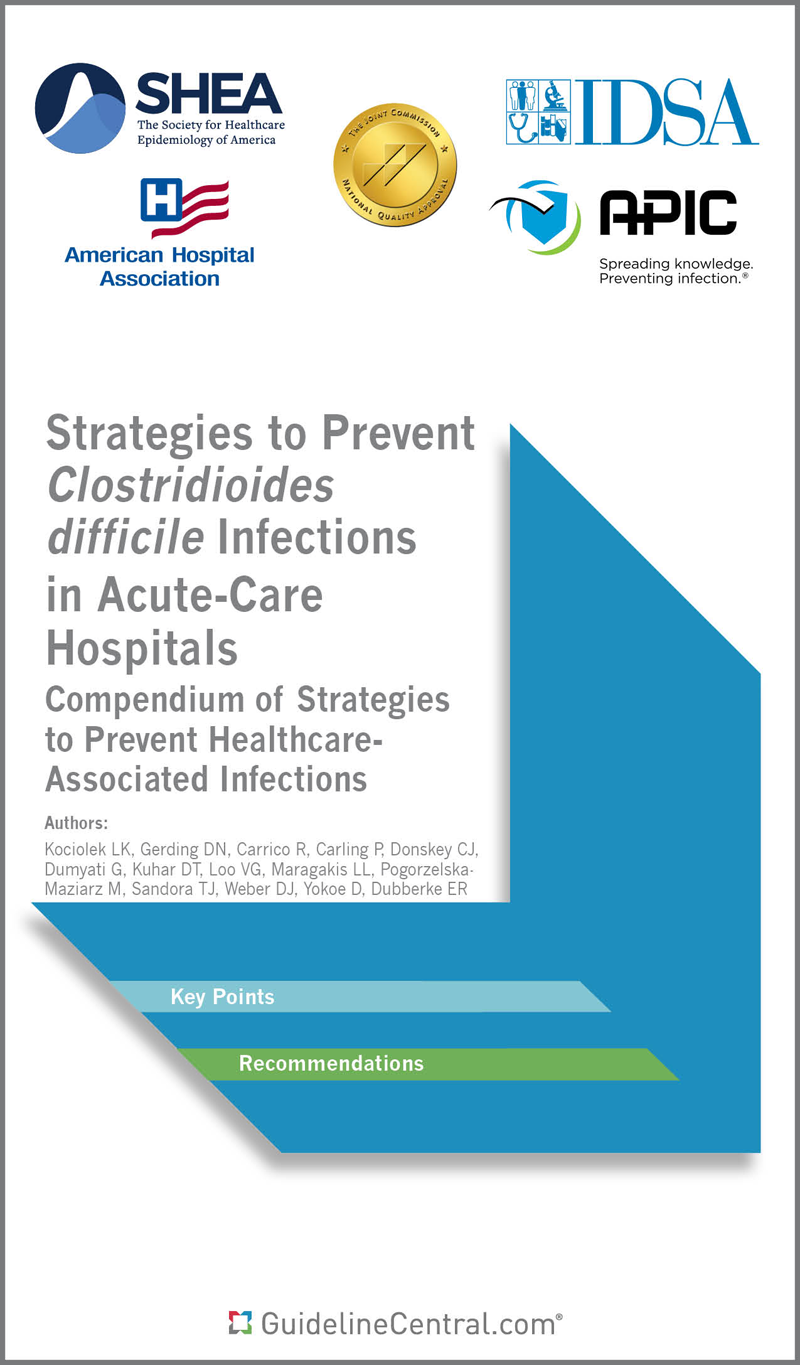
Strategies to Prevent Clostridioides difficile Infections in Acute-Care Hospitals
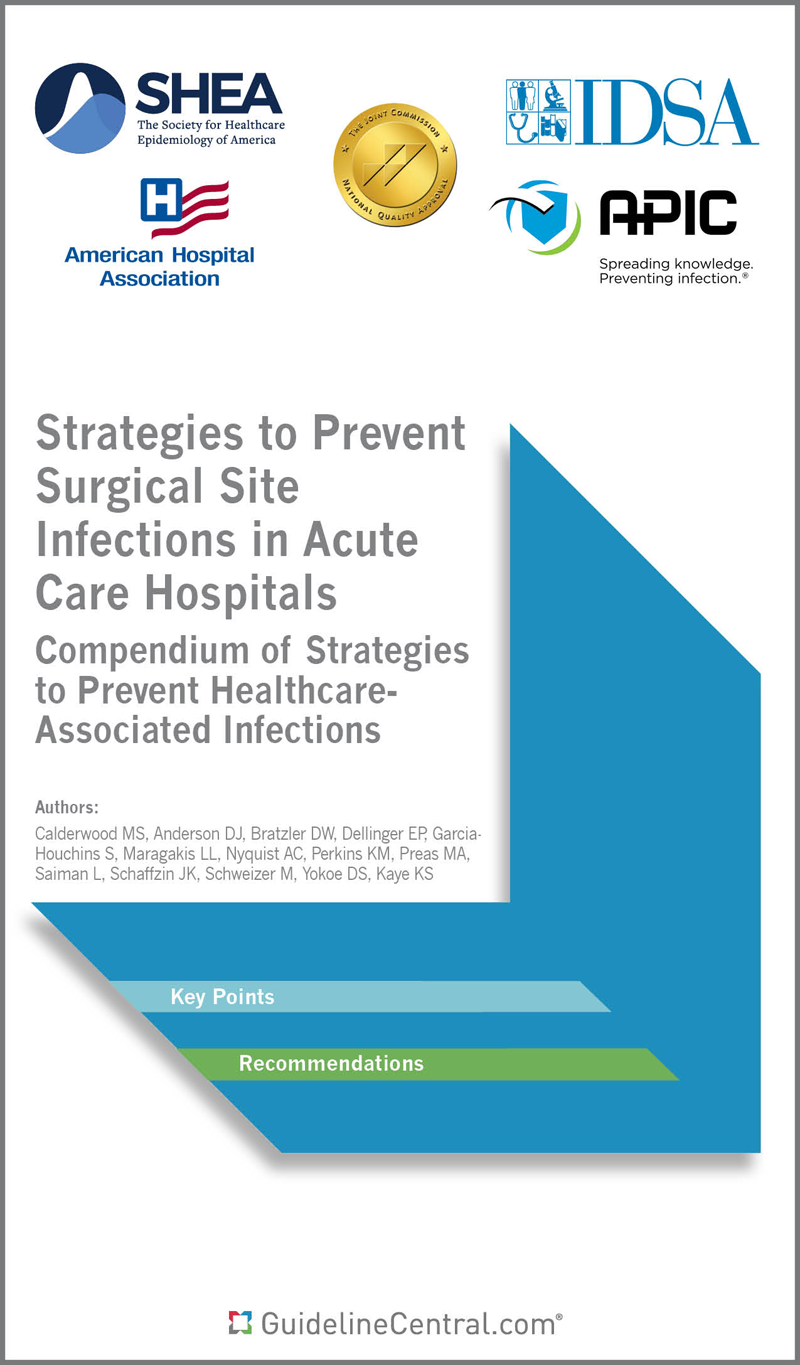
Strategies to Prevent Surgical Site Infections in Acute Care Hospitals
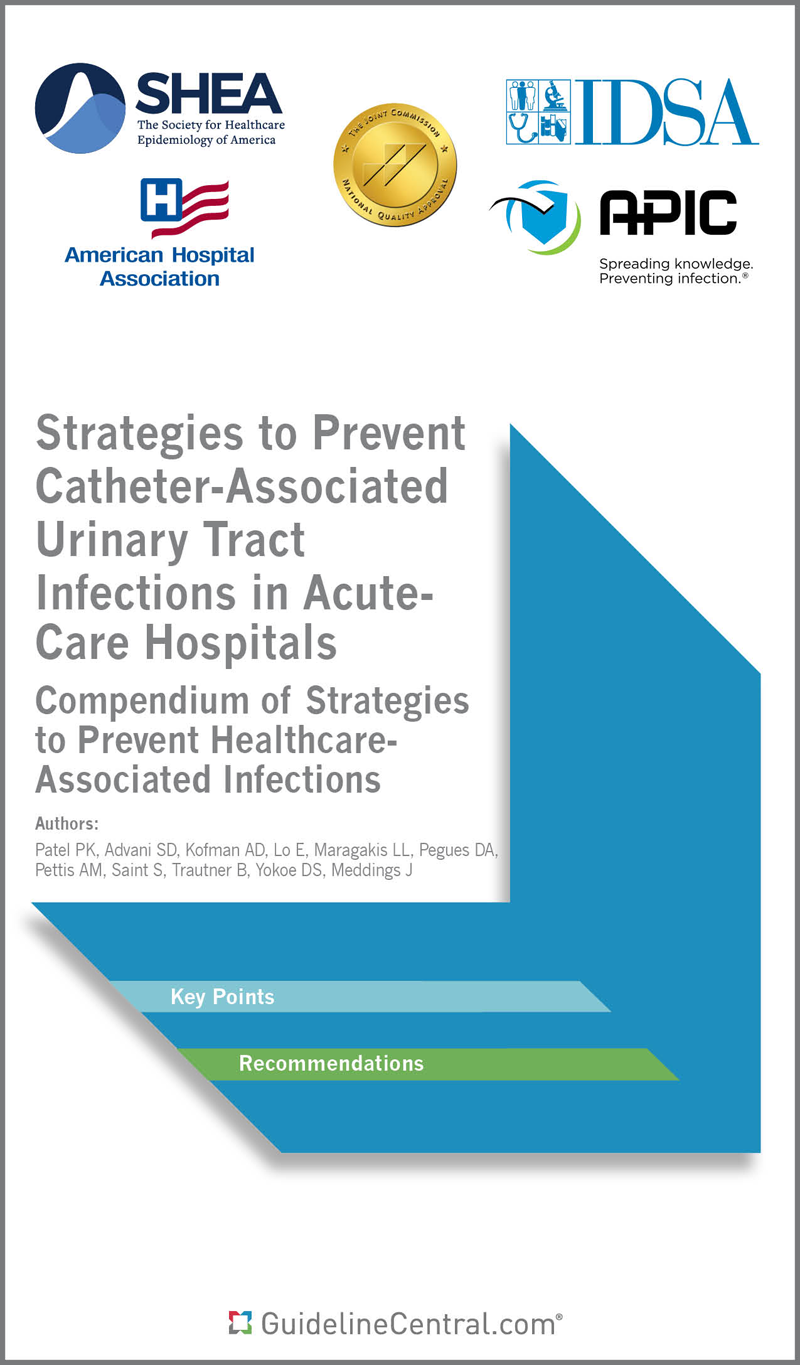
Strategies to Prevent Catheter-Associated Urinary Tract Infections in Acute-Care Hospitals
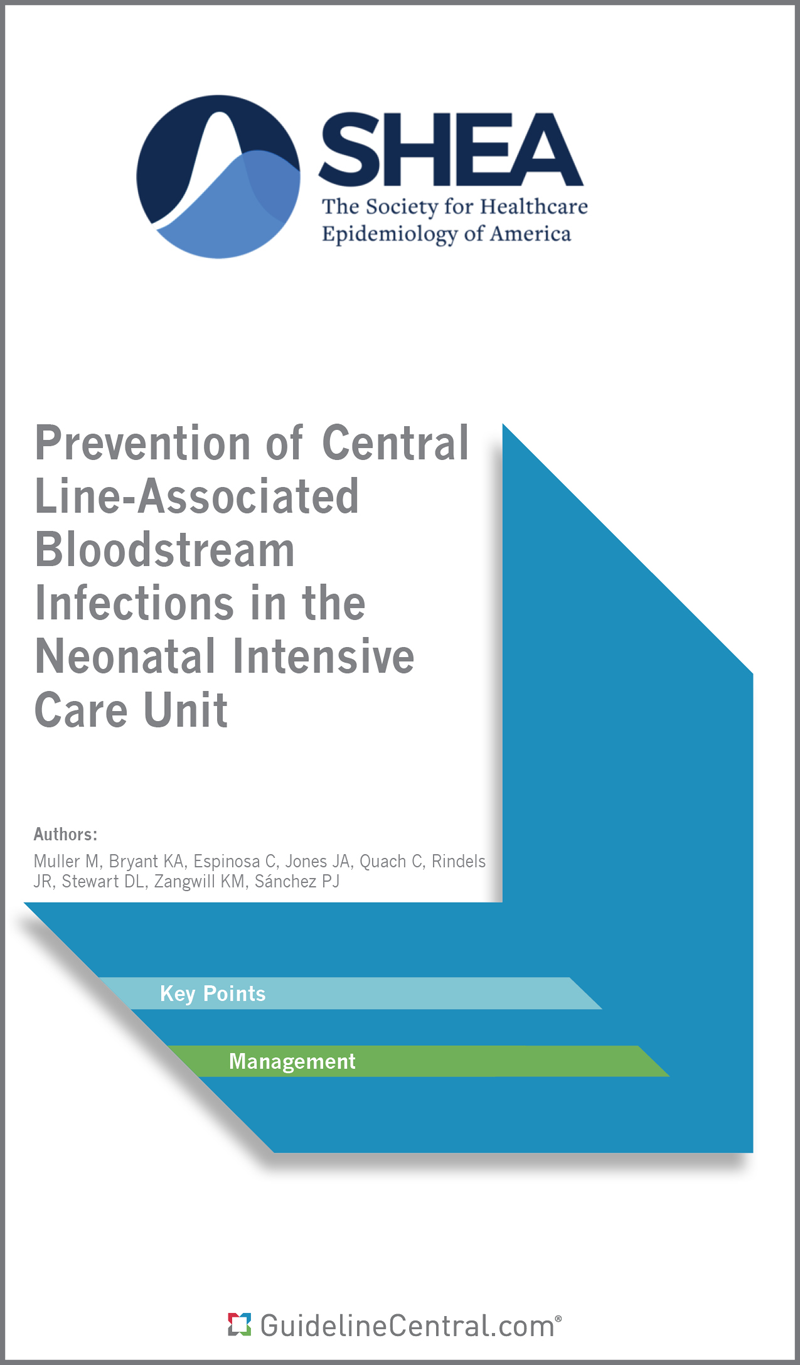
Prevention of Central Line-Associated Bloodstream Infections in the Neonatal Intensive Care Unit

Antibiotic Stewardship in Hospitals During Public Health Emergencies
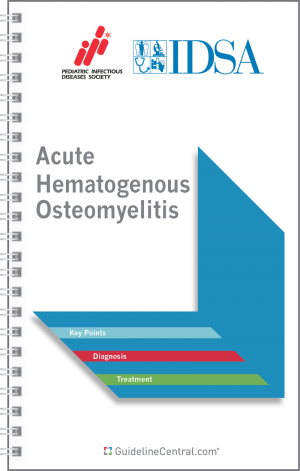
Acute Hematogenous Osteomyelitis
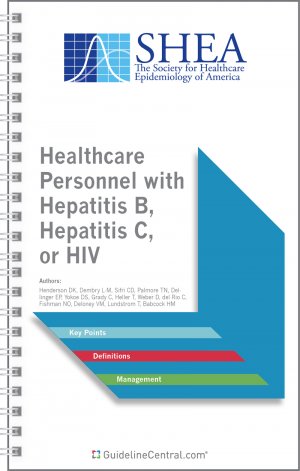
Healthcare Personnel with Hepatitis B, Hepatitis C, or HIV
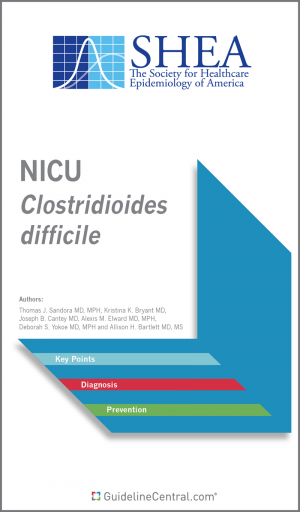
NICU Clostridioides difficile
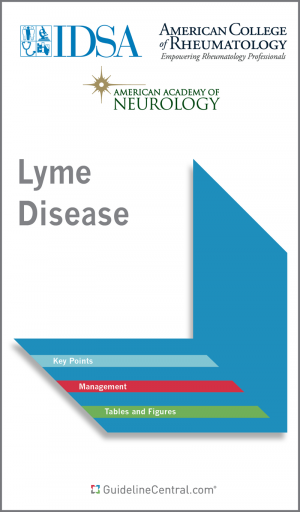
Prevention, Diagnosis and Treatment of Lyme Disease
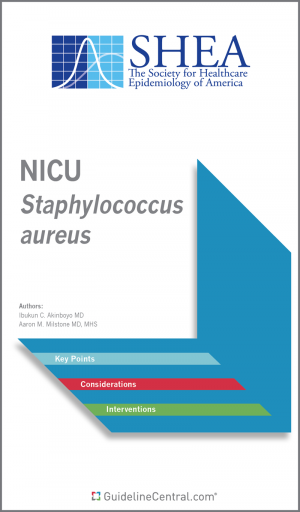
NICU Staphylococcus aureus
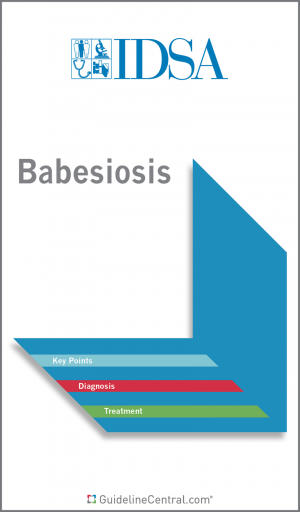
Guideline on Diagnosis and Management of Babesiosis
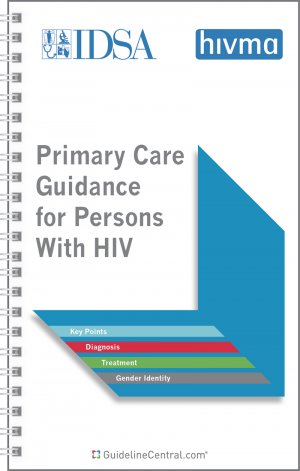
Primary Care Guidance for Persons with HIV

Treatment of Nontuberculous Mycobacterial Pulmonary Disease
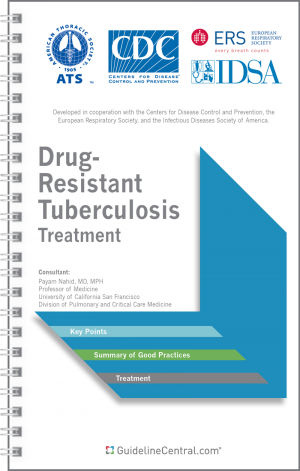
Treatment of Drug-Resistant Tuberculosis
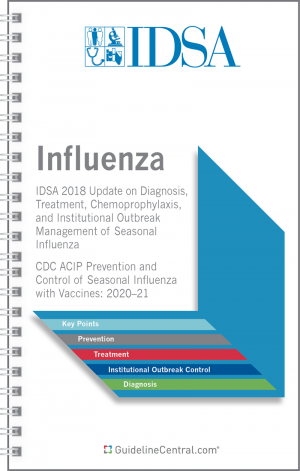
Influenza Update for the 2020 - 2021 Flu Season
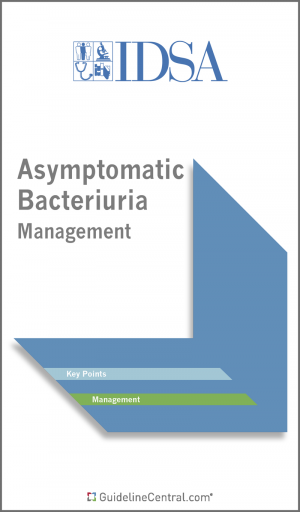
Asymptomatic Bacteriuria Management
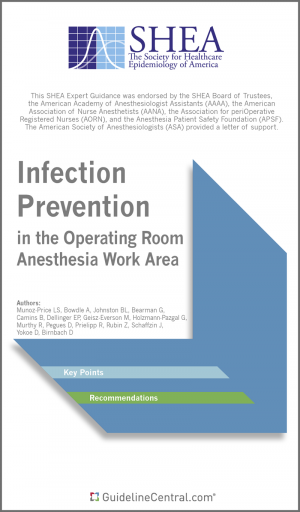
Infection Prevention in the Operating Room Anesthesia Work Area
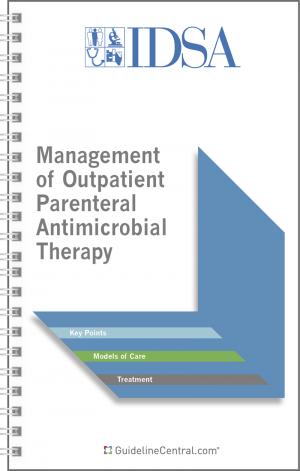
Management of Outpatient Parenteral Antimicrobial Therapy
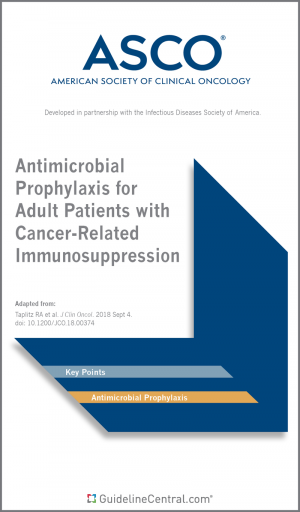
Antimicrobial Prophylaxis for Adult Patients With Cancer-Related Immunosuppression
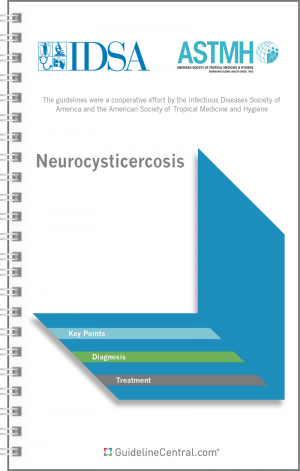
Neurocysticercosis
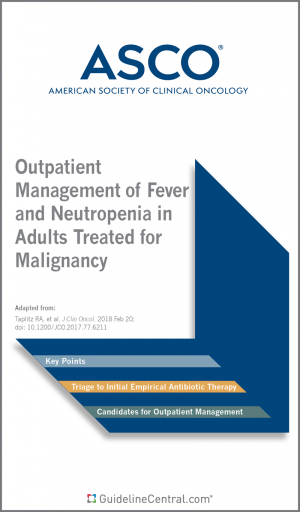
Outpatient Management of Fever and Neutropenia in Adults Treated for Malignancy
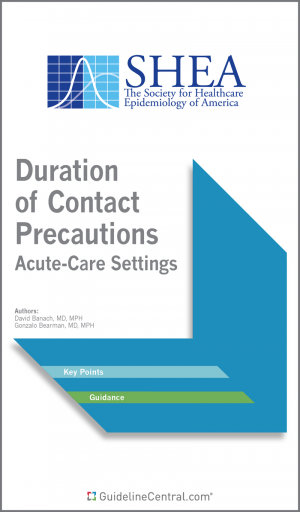
Duration of Contact Precautions in Acute Care Settings
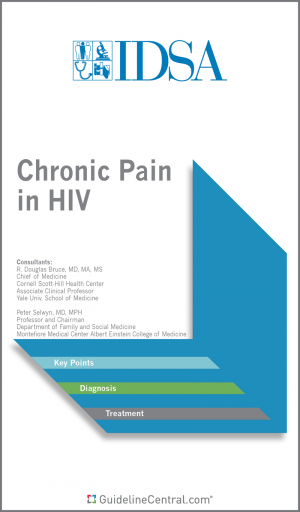
Chronic Pain in HIV
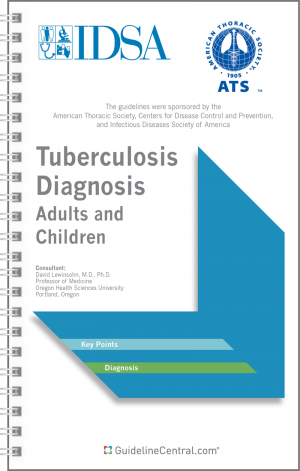
Tuberculosis Diagnosis Adults and Children
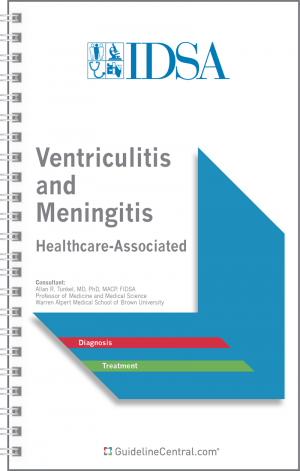
Ventriculitis and Meningitis Healthcare-Associated
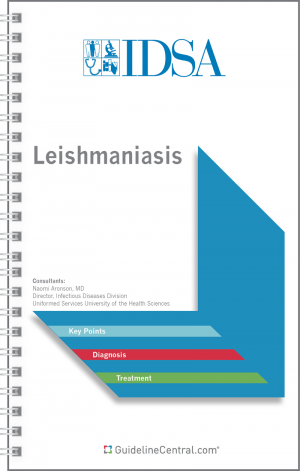
Leishmaniasis
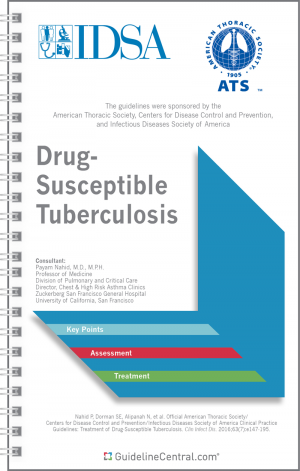
Drug-Susceptible Tuberculosis

Hospital-acquired and Ventilator-Associated Pneumonia

Antibiotic Stewardship

Native Vertebral Osteomyelitis in Adults
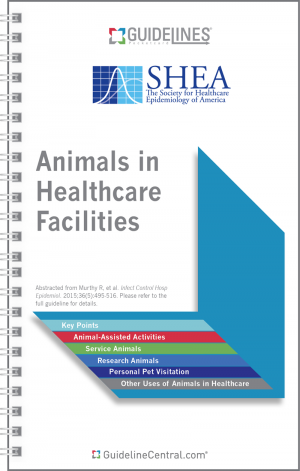
Animals in Healthcare Facilities
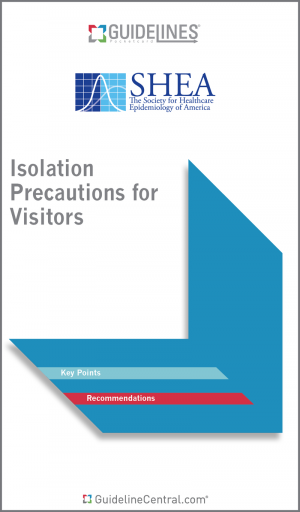
Isolation Precautions for Visitors
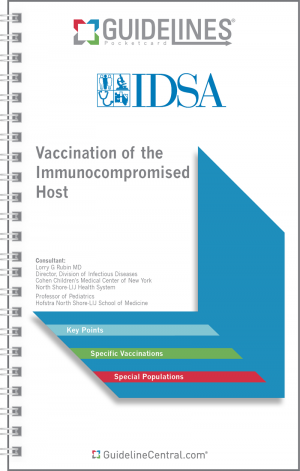
Vaccination of the Immunocompromised Host
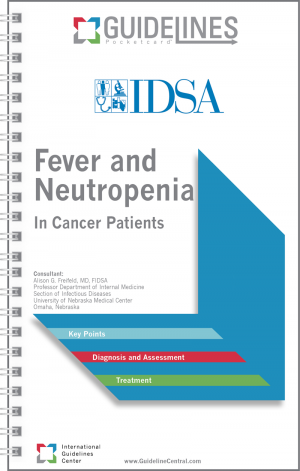
Fever and Neutropenia in Cancer Patients
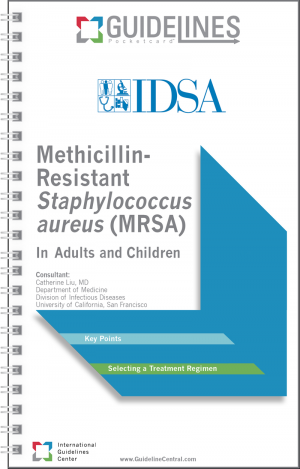
Methicillin-Resistant Staphylococcus aureus (MRSA)
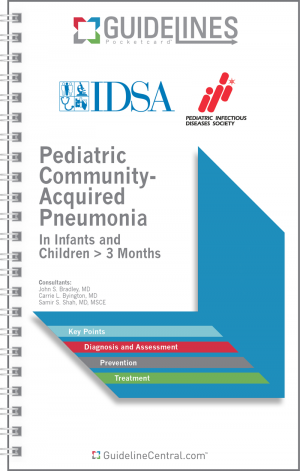
Pediatric Community-Acquired Pneumonia
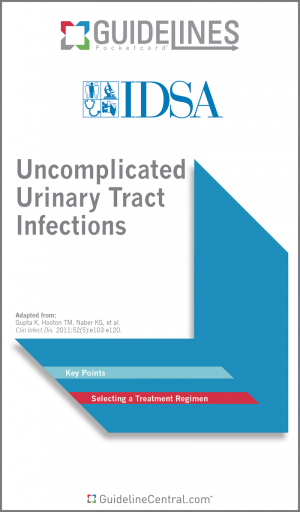
Treatment of Acute Uncomplicated Cystitis and Pyelonephritis in Women
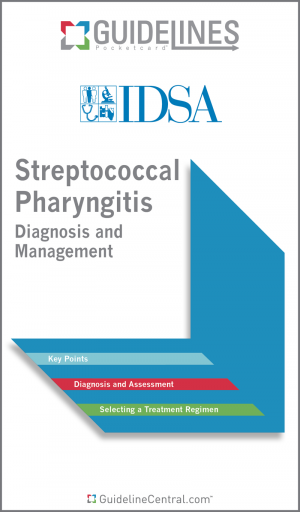
Streptococcal Pharyngitis Diagnosis and Management
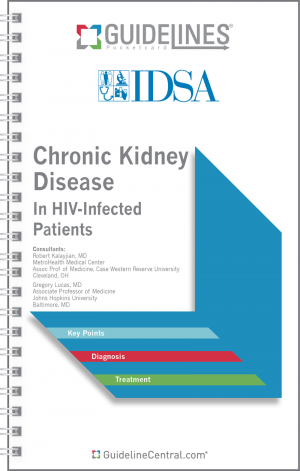
Chronic Kidney Disease in HIV-Infected Patients
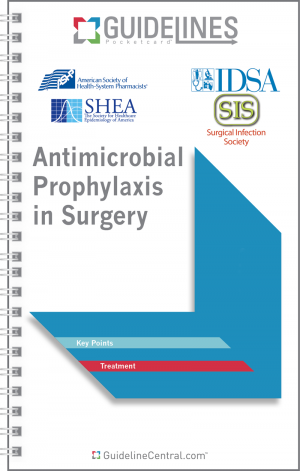
Antimicrobial Prophylaxis in Surgery
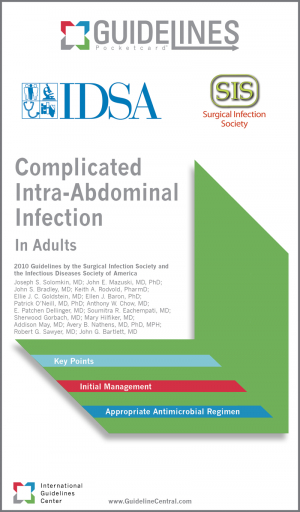
Complicated Intra-abdominal Infection in Adults
